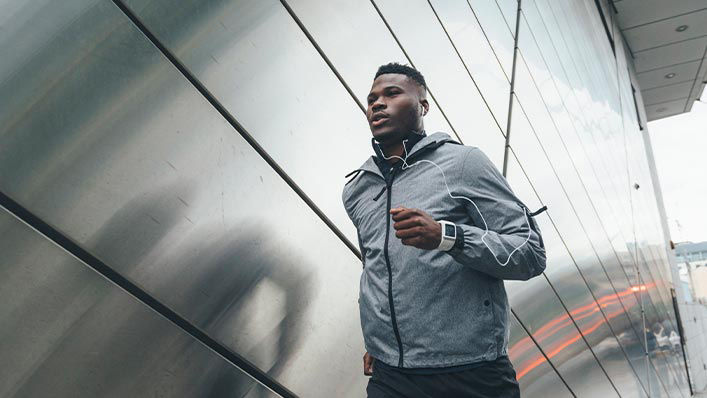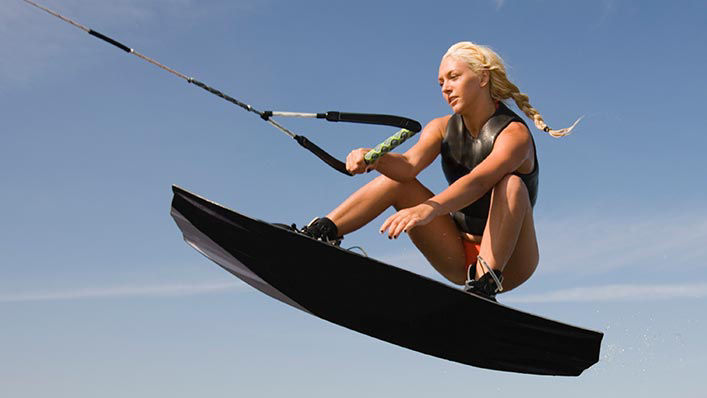Sprains and strains
Expert treatment for sprains and muscle strains
Many of us know how painful a sprained ankle can be. Pain from sprains and strains can range from a small ache to pain that makes it hard to move. After an injury, the right treatment plan can help put you in control of your recovery.
At TRIA, our team of experts is ready to help after you experience a sprain or strain from an injury or overuse. With our sports medicine doctors who help athletes get back in the game, and physical therapists who create personalized rehabilitation plans, we work with patients of all ages and physical abilities. And when you need care right away, we have
Types of sprains and strains we treat
Sprains and strains are injuries caused when our tendons or muscles are overstretched or torn. A sprain is an injury to a ligament, which is the tissue that connects two or more bones at a joint. A strain is an injury to a muscle or tendon, which is the tissue that connects muscles to bones.
Sprains and strains fall into three groups based on how severe they are:
- Grade 1 – This is a mild injury. You may have slight tenderness, swelling and minor loss of range of motion in the injured area. There is no loss of stability with this type of injury.
- Grade 2 – This is a moderate injury. You may have bruising, noticeable swelling, moderate loss of range of motion and some weakness in the injured area.
- Grade 3 – This is a severe injury. You may have significant bruising, swelling, instability, loss of range of motion and noticeable weakness in the injured area.
When to see a doctor for a sprain or strain
It can be difficult to know how severe your sprain or strain is without help from a doctor. We recommend talking with one of our doctors or visiting orthopedic urgent care after an injury.
We’ll examine your injury and start you on a personalized treatment plan to help you heal as quickly as possible. In most cases, sprains and strains can be treated with options like medications, braces and physical therapy.
Once you start your treatment plan, our team of orthopedists, physical therapists, sports medicine doctors and other specialists will help you throughout your recovery.
Treatment for sprains and strains
Whether your injury is mild or severe, we’ll work with you to create a personalized treatment program that helps you feel better as quickly as possible. Common treatments include:
Medications
When your tissue is stretched or torn, it can cause inflammation in the injured area. When tissue is inflamed, the nerve fibers inside carry pain signals to the brain. Anti-inflammatory medications can be used to reduce the inflammation near your injury, helping to manage the pain.
In many cases, over-the-counter medications like ibuprofen are enough to reduce pain caused by a sprain or strain. When needed, we’ll prescribe stronger anti-inflammatory medications to help keep you comfortable while you recover.
Braces and supports
Resting your muscles and ligaments can help them heal.
Knee braces, walking boots, slings and wrist splints are all commonly used to treat sprains and strains. And if your injury makes walking a challenge, we might recommend crutches to add stability and support.
Our board-certified orthotists can custom fit braces and other orthotics to ensure a comfortable, ideal fit.
Physical therapy
When you’ve been in cast or orthotic, your muscles become weaker and less flexible and you may need help getting your strength back after you’ve healed. The first step is usually to build flexibility before strength.
During your appointment, one of our physical therapists will guide you through a personalized exercise program. Typically, our patients have physical therapy appointments two or three times a week. In most cases, we’ll also recommend exercises to do at home so you can continue to build your flexibility and strength between appointments.
Specialty programs for sprains and strains

Sports Medicine Program
We know athletes. Our expert team of sports medicine doctors can help athletes of any age, skill or ability recover and get back in the game.

Women’s Sports Medicine Program
Our Women’s Sports Medicine Program brings together experts who provide innovative, personalized care for active and athletic women of all ages and abilities.
